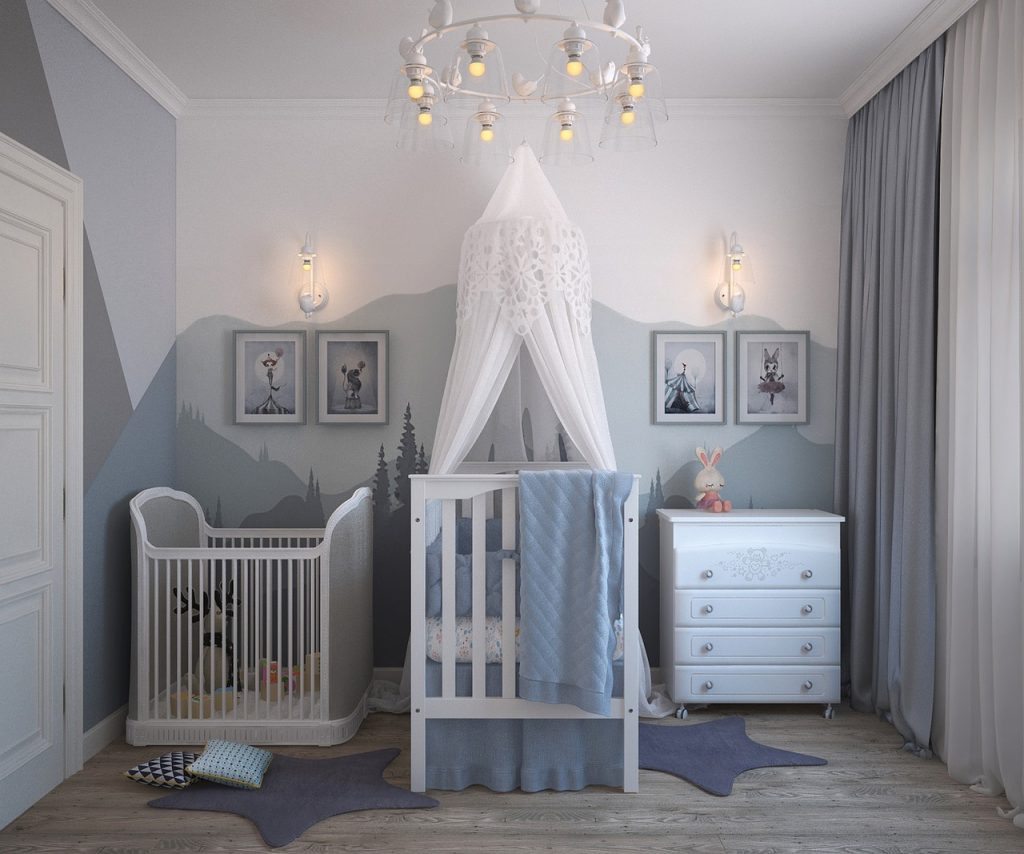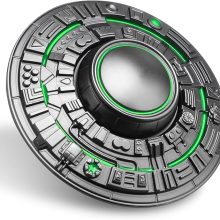How to Design The Perfect Baby Nursery

Designing a baby nursery is an exciting and joyful task for expecting parents. It’s an opportunity to create a safe, comfortable, and stimulating environment where your little one can grow, play, and thrive. Whether you’re a first-time parent or adding to your family, crafting the perfect baby nursery requires thoughtful planning and consideration. In this guide, we’ll explore essential tips and ideas to help you design a nursery that meets both your practical needs and your aesthetic preferences.
Start with a Vision
Before diving into the design process, take some time to envision what you want the nursery to look and feel like. Consider factors such as the nursery’s theme, color scheme, and overall ambiance. Do you prefer a whimsical and playful space or a serene and minimalist one? Gathering inspiration from home decor magazines, websites, and social media platforms can help you refine your vision and identify styles that resonate with you.
Choose a Theme or Style
Selecting a theme or style can serve as a guiding principle for your nursery design. Popular themes include nature-inspired motifs like woodland animals or floral patterns, classic designs like nautical or vintage themes, or modern styles with clean lines and bold colors. Remember to choose a theme that reflects your personal taste and complements the rest of your home’s decor.
Focus on Functionality
While aesthetics are important, functionality should be at the forefront of your nursery design. Consider the layout of the room and how it can best accommodate essential elements such as the crib, changing table, storage units, and seating area. Aim for a layout that promotes easy navigation and accessibility, keeping in mind that you’ll be spending a lot of time in the nursery caring for your baby.
Prioritize Safety
Safety is paramount when designing a baby nursery. Be sure to choose furniture and decor items that meet safety standards and regulations, particularly for items like the crib and changing table. Anchor furniture to the walls to prevent tipping, and ensure that electrical outlets are covered and cords are out of reach. Avoid placing heavy objects or furniture near the crib, and opt for non-toxic paint and materials to minimize exposure to harmful chemicals.
Create a Relaxing Environment
Babies thrive in calm and soothing environments, so aim to create a nursery that promotes relaxation and comfort. Soft, neutral colors like pale blue, soft pink, or gentle greens can help create a tranquil atmosphere, while soft lighting and blackout curtains can aid in creating a conducive sleep environment. Consider adding plush rugs, comfortable seating options for feeding and bonding, and soothing decor elements like mobiles or wall art to enhance the cozy ambiance.
Personalize with Meaningful Touches
Infuse your nursery with personal touches that add warmth and personality to the space. Display cherished family photos, incorporate handmade decor items, or include elements that reflect your cultural heritage or interests. Personalizing the nursery not only adds character but also creates a space that feels truly special and unique to your family.
Lighting Options
Lighting plays a crucial role in setting the mood and ambiance of the nursery. Consider incorporating a variety of lighting options to suit different activities and times of day. Soft, diffused lighting is ideal for creating a calming atmosphere during nighttime feedings and diaper changes. A dimmable overhead light or wall sconces can provide adjustable illumination for reading bedtime stories or playing quietly with your baby. Additionally, a nightlight or low-level lighting can offer comfort and reassurance during nighttime awakenings. Be mindful of placing lamps and fixtures away from the crib to prevent any potential hazards.
Plan for Growth
As your baby grows, so too will their needs and interests. When designing the nursery, think ahead to how the space can adapt to accommodate your child’s changing needs over time. Choose furniture and decor items that can transition seamlessly from infancy to toddlerhood, and consider incorporating versatile storage solutions to accommodate toys, books, and clothing as your child grows.
Designing a baby nursery is a labor of love that requires careful planning, creativity, and attention to detail. By following these tips and ideas, you can create a beautiful and functional space that welcomes your little one into the world with warmth, comfort, and style. With a thoughtful approach to design and a focus on creating a nurturing environment, your baby nursery will be a haven of love and joy for years to come.




